Double Davy Knot [Video Tutorial & Strength Test]
- By: Luke Simonds
- on
- Found In: Fishing Knots, Fishing Tips, Mono to Leader
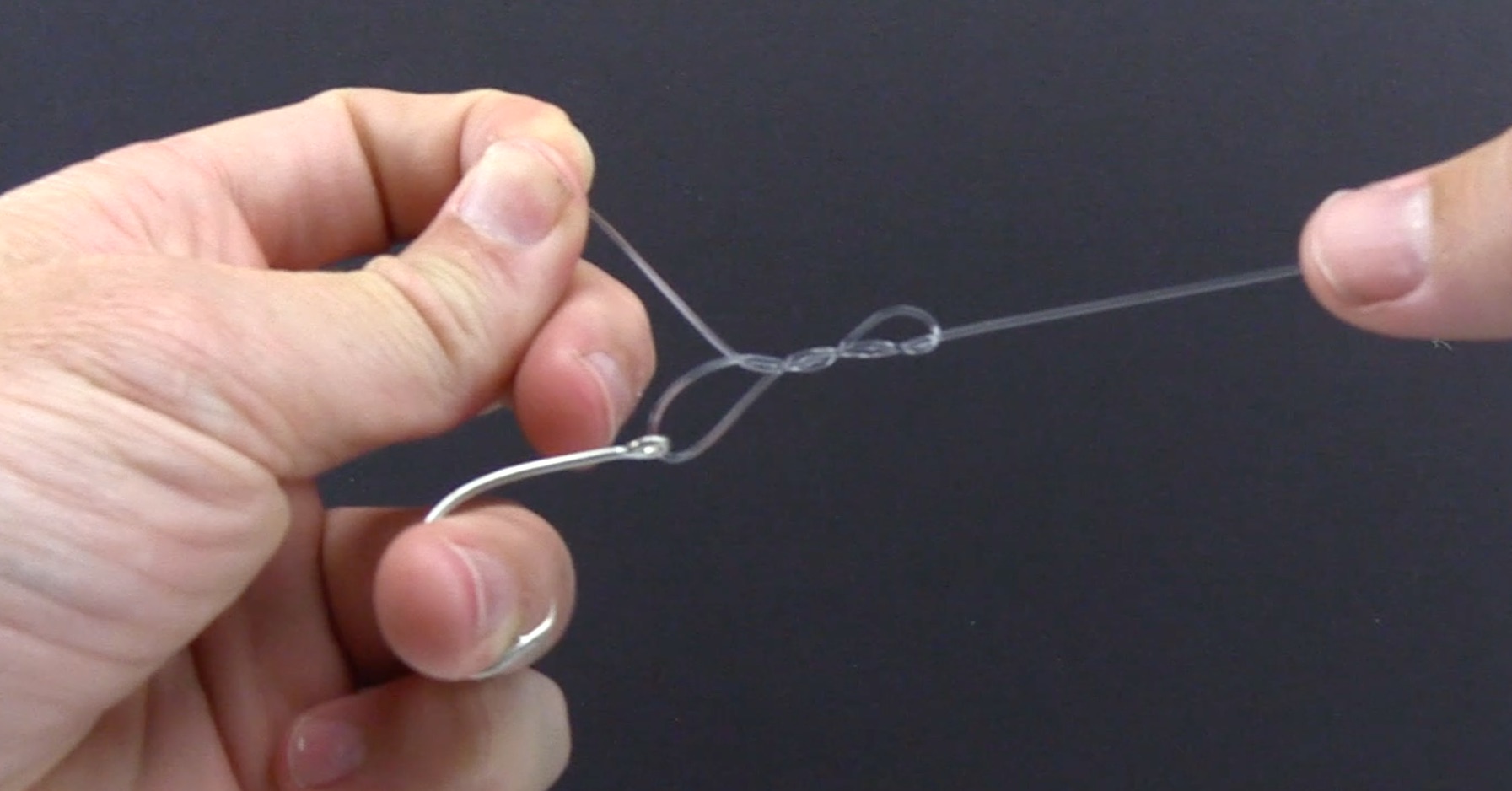
Of all factors involved with landing a fish of a lifetime, one of the very few that we have 100% control of is our knots.
It wasn’t until starting Salt Strong when I began testing knots and I was completely shocked to see that the knots that I had used for so many years were in some cases 30% weaker than others.
Since then, I have tested many of the most popular knots and published findings on our main Fishing Knots post.
And as new requests come in, I’ll continue to publish more tests so that you can see the results.
The Double Davy knot shown below has been one of the most commonly submitted knots recently, so I performed some strength tests on it…
The test results and a tutorial video of the Double Davy knot are shown below:
How To Tie The Double Davy Knot
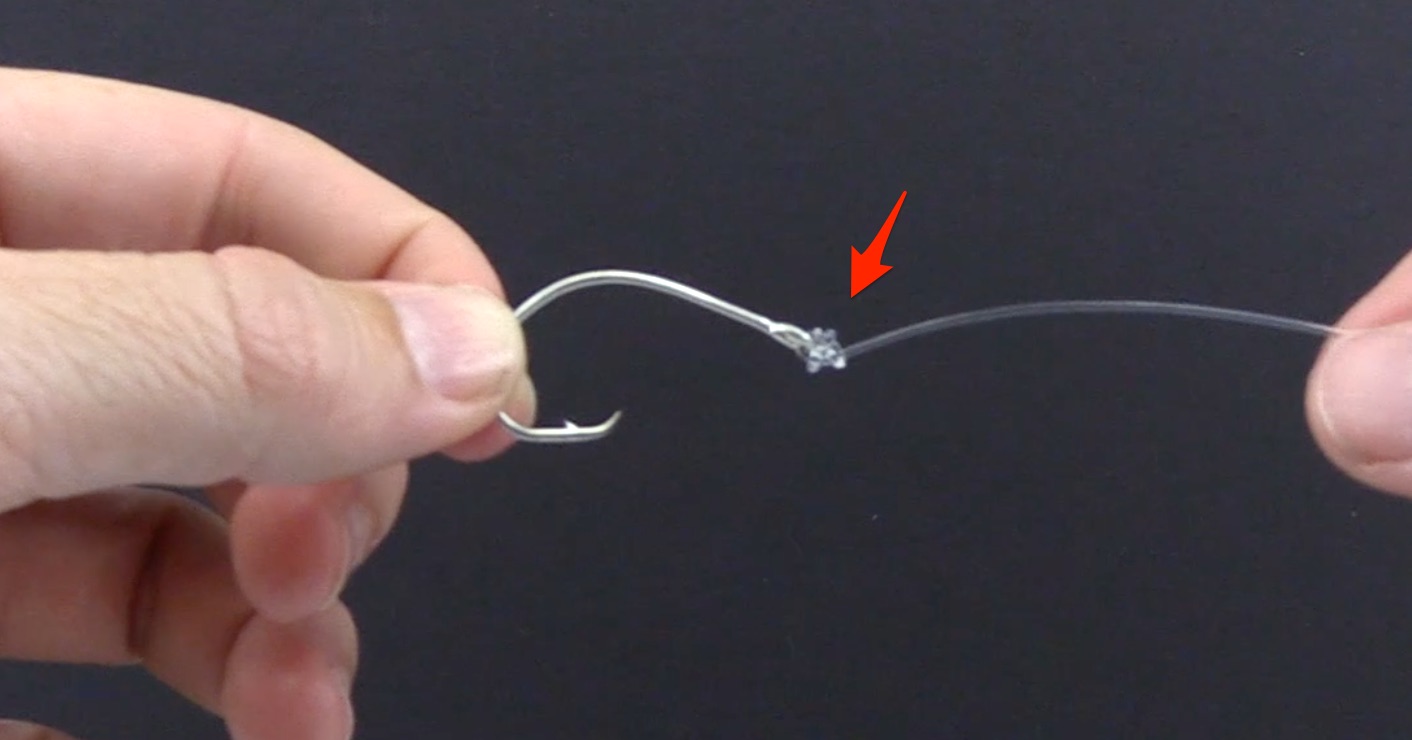
The Double Davy Knot is becoming very popular because it is very easy to tie while having an impressive breaking strength.
And as you can see in the image above, it leaves a very small knot which helps ensure that fish can’t see it.
6 Steps To Tying The Double Davy Knot
- Thread line through lure/hook eye
- Pull out ~4 inches of tag end, and curve it around the main line from behind
- Thread the tag through the loop from the front
- Wrap the tag end around the loop and thread it through from the front again
- Repeat step 4 from the opposite side
- Pull knot tight & then cut off the tag
Note: You’ll know it’s right when the tag end is at a 90-degree angle relative to the main line as it constricts down.
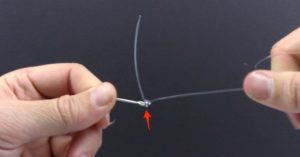
Double Davy Knot Video Tutorial
Here’s a detailed video tutorial that shows exactly how to tie the Double Davy Knot:
Double Davy Knot Strength Test
As expected due to the many fans this knot has, the strength test results were very impressive… especially considering its speed in tying and its size after locking it into place.
For testing, I compared it to the Orvis knot because it is strongest knot I’ve tested so far that is extremely fast to tie.
This test consisted of my tying both knots onto a single strand of line before pulling on the line until the weakest one broke.
Unfortunately, the Double Davy Knot was unable to beat the Orvis knot in terms of strength or speed of tying, so my go-to knot for a quick snug connection is still the Orvis knot.
Note: The line used in the test was 20 lb Seaguar fluorocarbon… results can vary by line size and manufacturer.
Conclusion
This Double Davy Knot proved to be a very good knot given that it has an impressive breaking strength while being super quick to tie.
But it was not able to match the strength of the Orvis Knot in terms of strength.
And an added bonus to the Orvis Knot is that it leaves a tag end that points back towards the hook/lure which makes it less likely to snag onto any floating debris.
Click here to see the full ranking list of knots that I’ve tested so far.
If you don’t see your favorite knot there, just leave a comment at the bottom of the knot ranking post and I’ll add it to my list of knots to test out.
Fish On!
Go To Our Knot Testing Homepage [Full Knot Rankings]
Related categories:
STOP WASTING TIME ON THE WATER!
Do what the “SMART ANGLERS” are doing and join the Insider Club.
Here’s what you’ll receive today when you join:
- Weekly fishing reports and TRENDS revealing exactly where you should fish every trip
- Weekly “spot dissection” videos that walk you through all the best spots in your area
- Exclusive fishing tips from the PROS you can’t find anywhere else
- Everything you need to start catching fish more consistently (regardless if you fish out of a boat, kayak, or land).







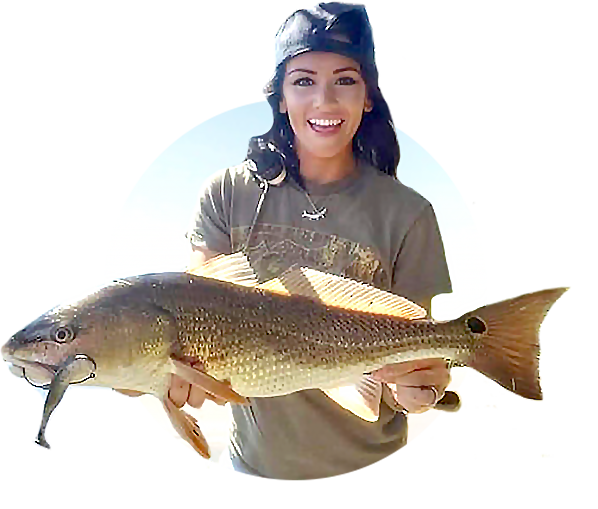
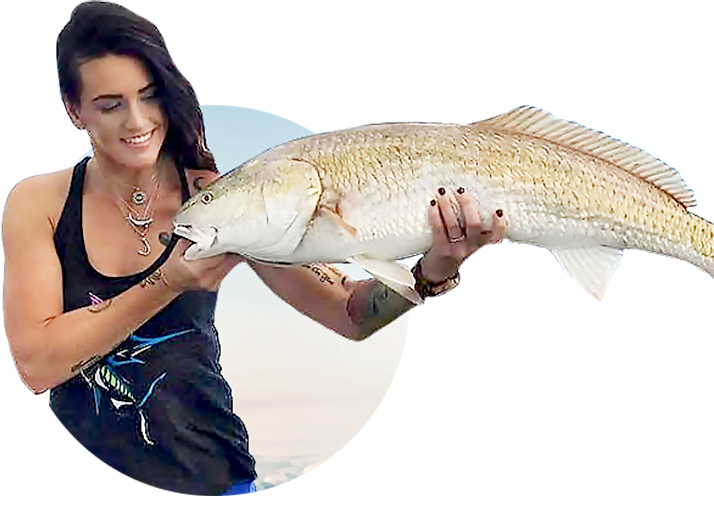

I am a great fan of the double Davy. It can be tied using a very short length of line, which is great for tying flies into droppers.
It also works for titanium wire. When the knot is tightened the top loop does not close entirely. I tuck the tag end through this loop. This means that I can leave a longer tag end which is then covered by the shrink tube that I use to protect the knot.
I also use it on my pike gear to attach the braid to the trace swivel. It has never failed.
I find that this is by far the easiest knot to tie.